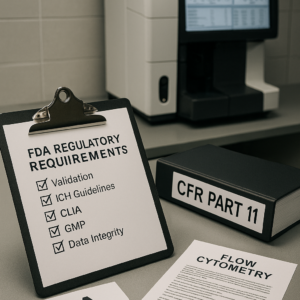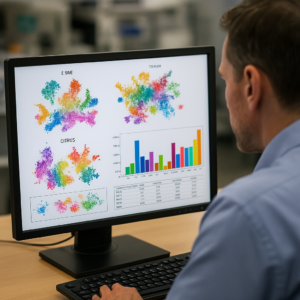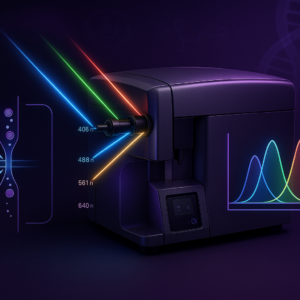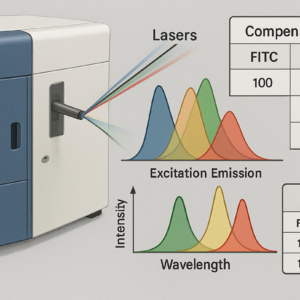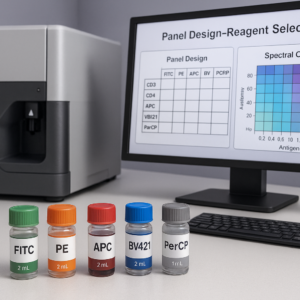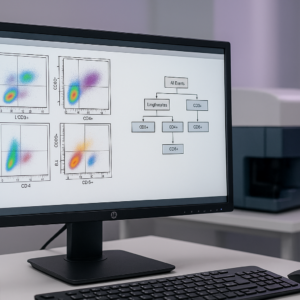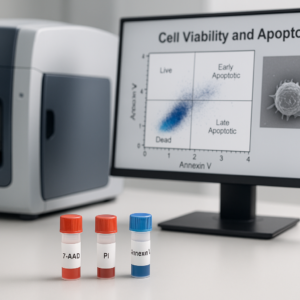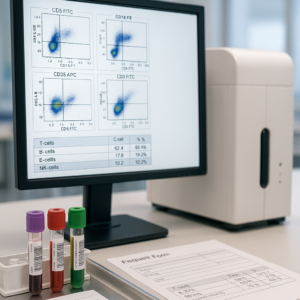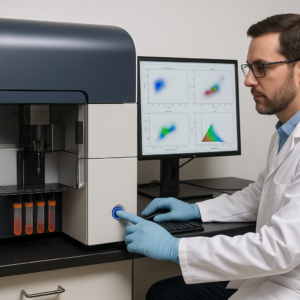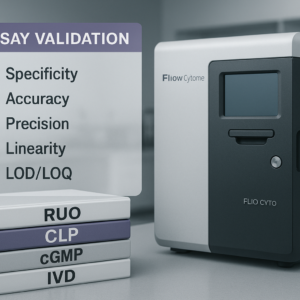Supernova Flow Cytometry offers the first comprehensive, accredited training pathway in flow cytometry, delivering unique value on multiple fronts.These courses are designed to be taken sequentially for a complete training experience, but can also be taken à la carte to fill specific knowledge gaps. Each course is fully online (accessible via our learning management system) and also offered periodically as a live virtual class for those who prefer real-time instruction. In addition, we schedule certain courses as in-person workshops for hands-on practice (often bundling related courses into a 3-4 day on-site training session). Upon successful completion of each course, learners receive a certificate and earn continuing education credits (CMLE hours).
SuperNova offers a fully accredited, peer-reviewed curriculum designed for both clinical and research flow cytometry professionals. All courses provide CMLE credits approved by the American Society of Cytopathology and accepted by ASCP for certification maintenance—an essential benefit for certified lab personnel. Graduates receive certificates and credit hours (13+ for completing all 12 courses), making SuperNova a highly efficient option for professional development.
The curriculum is also aligned with the SCYM(ASCP) certification exam, incorporating exam-style questions and objectives to prepare trainees for this advanced credential. This dual focus on continuing education and SCYM preparation sets SuperNova apart from competitors and positions it as a potential unofficial SCYM prep provider—making it a strategic choice for career-focused cytometrists.
For customized courses, please contact caguilerasandoval@supernova-flowcytometry.com by indicating “Customized Course” in the subject line.

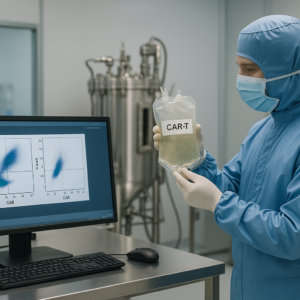
Learn how flow cytometry moves from bench to bedside under FDA oversight—mastering 21 CFR Part 11, CLIA, GLP, and cGMP rules—while designing IND/BLA-ready assays that meet ICH Q2(R1) validation, CDx/MRD expectations, and strict data-integrity standards for potency, identity, purity, and safety testing in cell- and gene-therapy products.
